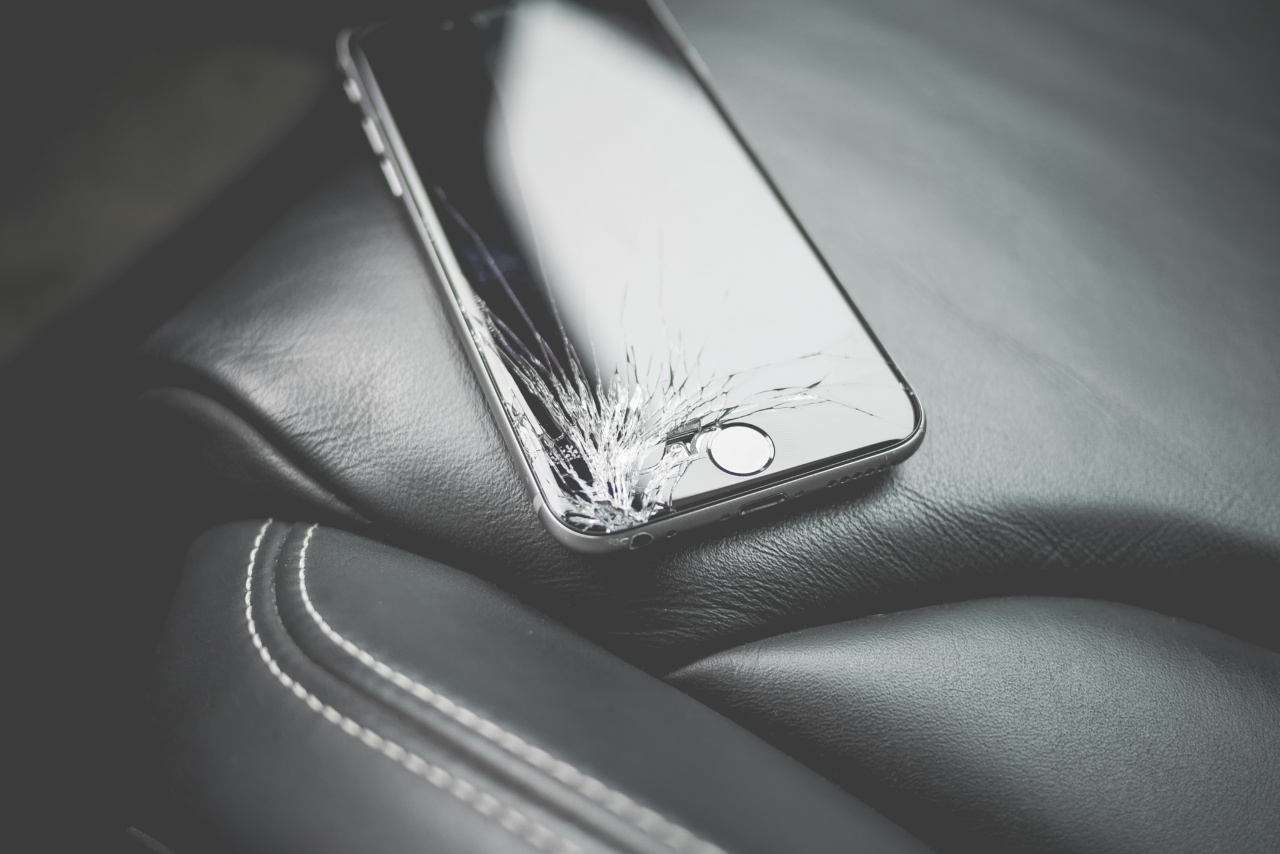In today’s digital age, mobile phones have become an essential part of our lives. They help us stay connected, provide a myriad of functions, and serve as our gateway to the online world.
However, recent studies have indicated that certain metals used in mobile phone construction can lead to allergic reactions in some individuals.
Mobile phones are comprised of various metals which are used for their durability, conductivity, and other properties.
While these metals are generally considered safe for everyday use, they can trigger allergic responses in people who are sensitive or allergic to them. Let’s delve deeper into the metals commonly found in mobile phones and their potential allergic effects.
1. Nickel
Nickel is one of the most commonly used metals in mobile phone manufacturing. It is frequently found in the phone’s casings, buttons, and charging ports. While nickel allergies are not uncommon, they are more prevalent in women than men.
Allergic reactions to nickel can range from mild to severe, with symptoms including skin redness, swelling, itching, and blistering.
2. Cobalt
Cobalt is another metal that is commonly present in mobile phones. It is mainly used in the phone’s battery and circuitry. Allergic reactions to cobalt can manifest as rash-like symptoms, including redness, itching, and dry skin.
Severe cases may result in blisters or hives.
3. Chromium
Chromium is used in the production of screens and other components of mobile phones. While relatively rare, some individuals may develop allergic reactions to chromium, particularly to the hexavalent form of the metal.
Symptoms can include skin redness, swelling, and blistering.
4. Gold
Although not a common metal in mobile phones, gold can sometimes be found in the phone’s circuit boards due to its excellent conductivity.
Gold allergies are relatively rare but can cause contact dermatitis, resulting in redness, itching, and skin irritation.
5. Palladium
Palladium is occasionally used in mobile phones as a plating material. Allergic reactions to palladium can include skin rashes, redness, and itching. In rare cases, it may also cause blistering or hives.
6. Silver
Silver is used in mobile phones for its electrical conductivity. While silver allergies are uncommon, they can cause skin inflammation, redness, and itching.
Prolonged exposure can lead to a condition known as argyria, which turns the skin a bluish-gray color.
7. Aluminium
Aluminium is prevalent in mobile phones due to its lightweight and durable properties. Allergic reactions to aluminium are rare, but some individuals may experience contact dermatitis, resulting in skin rashes, itching, and redness.
8. Titanium
Titanium is often used in mobile phone casings for its strength and corrosion resistance. While titanium allergies are extremely rare, they can result in contact dermatitis symptoms like skin redness, swelling, and itching.
9. Beryllium
Beryllium is not commonly used in mobile phone construction, but it can be found in some electronic components.
Allergic reactions to beryllium are rare but can lead to a severe condition known as berylliosis, characterized by shortness of breath, coughing, fever, and fatigue.
10. Copper
Copper is used in various parts of mobile phones, including wiring and connectors. Although copper allergies are rare, they can cause contact dermatitis symptoms such as skin redness, itching, and rash.
While the potential for allergic reactions to these metals exists, it is important to note that the majority of mobile phone users do not experience any adverse effects.
Allergies to mobile phone metals are not widespread but should be taken into consideration, particularly for individuals with a known sensitivity. If you suspect you may be allergic to any of these metals, consult with a healthcare professional who can provide the appropriate guidance and advice.






























